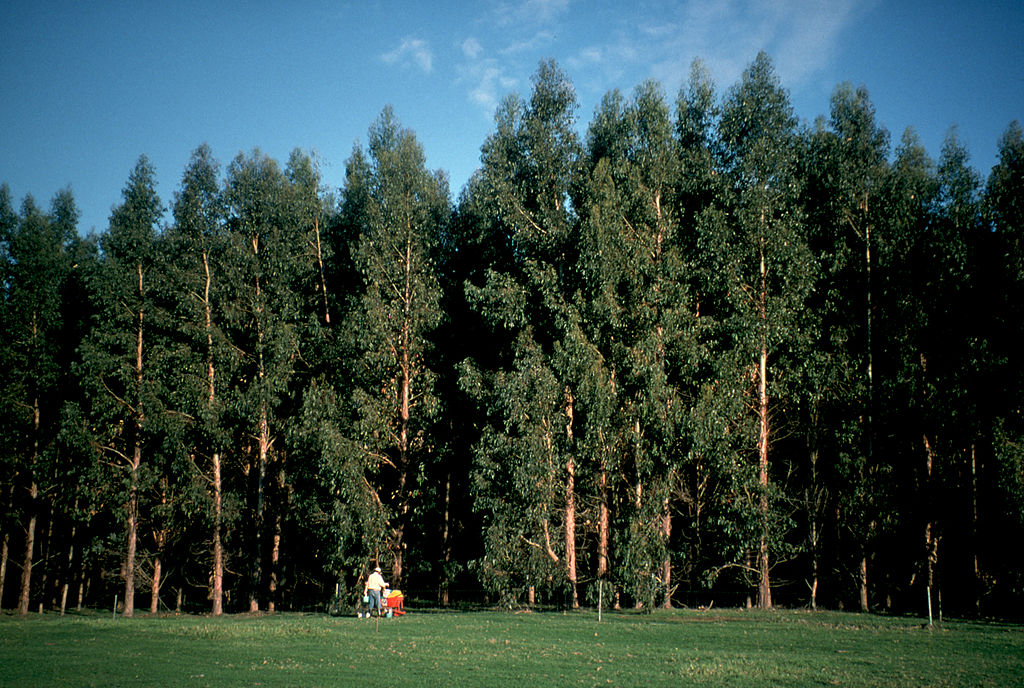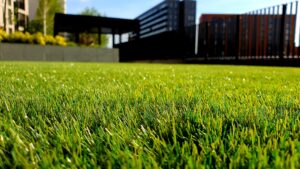Pollinators carry pollen from the male part of a plant to the female part. This enables fertilisation and the production of flowers, fruit and vegetables.
Insects like bees, butterflies and beetles act as pollinators. Unfortunately, pollinators are in trouble in many parts of the world as human activity makes it harder for them to survive.
Who pollinates what in Australia? | Royal Botanic Gardens & Domain via Vimeo
A new study published in Nature investigated the ‘edge effects’ of more than 20,000 plant-insect interactions across the Thousand Island Lake region of eastern China.
Edge effects occur when habitats are broken up into small pieces.
The Thousand Island Lake region is made up of more than 1000 islands dotted across a manmade lake.
At first glance, the results of the study seem counterintuitive.
ON THE EDGE OF REASON
“In many parts of the world, edge effects are typically negative,” says Professor Raphael Didham from the UWA School of Biological Sciences, who co-authored the study.
“You lose pollinator biodiversity when you lose habitat area.”
But the data collected by Raphael and his team was showing the opposite.
 The common flower-visiting insects of the Thousand Island Lake, China | Peng Ren
The common flower-visiting insects of the Thousand Island Lake, China | Peng Ren
“Edges sustained high quantities of floral resources, higher numbers of interacting insect pollinators,” says Raphael.
The team of international researchers concluded that the phenomenon must be due to more light being able to reach the ground surface of the forest edge. The extra light allowed for more flowers to grow, which in turn allowed pollinators to thrive at the forest edge.
While this might provide respite for ecosystems ravaged by deforestation, edge effects aren’t always so beneficial.
A FOREST DIVIDED
Ecologist Dr Juliana Pille Arnold says fragmentation can be harmful to WA ecosystems.
“In WA, land clearing and habitat fragmentation due to urban development is the leading cause of species decline,” says Juliana.
“Habitat fragmentation reduces connectivity between remaining bushland habitat, impacting species movements and dispersal.”
Since European colonisation, more than 70% of banksia woodland in the Swan Coastal Plain has been cleared.
Along the edges of the remaining woodland fragments, pollinators and plants are exposed to high temperatures, predation and harsh weather conditions.
Due to their naturally open canopies, plenty of sunlight is able to penetrate through to the bottom of banksia woodlands. In contrast, sunlight barely penetrates to the bottom of the dense-canopied forests studied in China.
This means that WA pollinators don’t really experience any of the possible benefits of the edge effect. They only experience the cons.
This doesn’t mean findings from the Thousand Island Lake research has no application in WA. Its results may still be relevant for our manmade forests.

Firewood banksia, Banksia menziesii, Wandoo National Park, Western Australia, May 2012 | John Tann via flickr
SEE THE FOREST FOR THE TREES
In WA, pine and blue gum plantations are often densely packed.
Very little light makes it to the forest floor, creating a biological desert – an environment more similar to Chinese forests.
Raphael says canopy density can cause problems in reforested areas.

“It's all well and good to plant billions of trees to sequester carbon and offset climate impacts, but if you plant dense, closed forests with low floral resources, you may have a negative impact on pollinators.”
HOW CAN WE GROW?
The Thousand Island Lake research highlights the importance of light and diversity in forests.
So how can we use this information to improve practices in WA?
Healthy forests naturally develop gaps as trees fall and die.
This allows for light penetration and floral growth, which helps our pollinators. So one of Raphael’s suggestions is to “overplant to allow for death but leave the gaps that are [eventually] created”.
Furthermore, incorporating native trees into forest plantations can break up the canopy structure – increasing light penetration and floral diversity.

Banksia prionotes in Geraldton | yaruman5 via flickr
Lastly, where we plant is just as important as what we plant.
Planting natives around existing forest fragments can act as stepping stones for pollinators to move across the landscape.
This can improve the health of plant-pollinator networks.
The Thousand Island Lake research provides insight into an intricate and understudied problem, but far more work needs to be done.
“Unfortunately, there are many more species that are probably at risk,” says Juliana.
“We just don’t have available data and the resources to do a proper assessment –it’s a huge task.”
However, by using the knowledge we do have, we can actively restore WA’s native woodlands. In turn, we may be able to prevent WA’s pollinators from disappearing.









